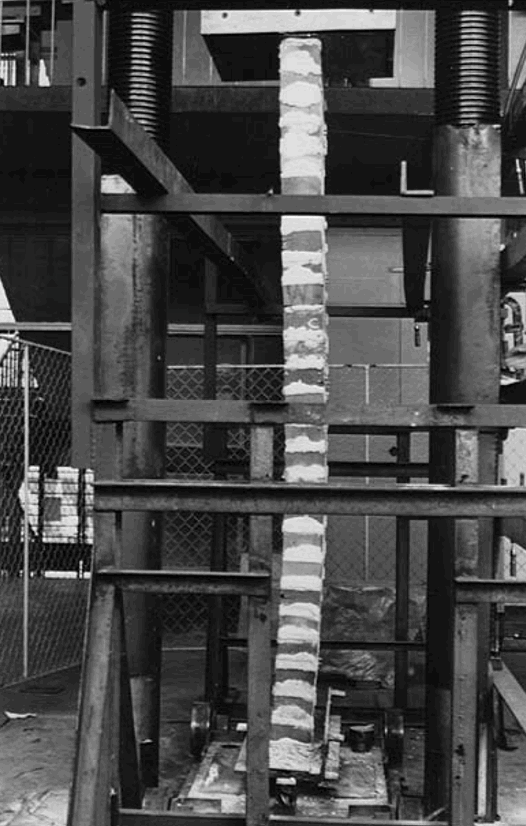P. Matysek1
1PhD, Institute of Building Materials and Structures, Cracow University of Technology, Warszawska 24, Krakow, Poland, pmatysek@imikb.wil.pk.edu.pl
ABSTRACT
The importance of the influence of slenderness on masonry wall capacity is becoming more widely recognised. Contemporary codes for masonry structures (Eurocode6 [1], ACI530-02 [2], CSA S304.1 [3]) allow the design of very slender masonry walls with effective height/thickness ratio exceeding 20. However, a relatively small number of experiments for verification of relationships determining the influence of slenderness on masonry wall capacity have been performed worldwide.
This paper presents the results of tests carried out by the author on brick masonry walls. These together with the results of tests on the masonry walls performed in USA, Germany, China, among others, have provided a basis for a discussion on the relationships given in [1, 2, 3].
To define the effect of slenderness on the reduction of masonry wall capacity, a numerical analysis has also been carried out using a model of a masonry wall compressed eccentrically. In the presented model a non-linear stress-strain relationship and the influence of the second order effects were taken into account. The results of the numerical analysis were compared with tests and results obtained using the simplified methods given in codes, in which the realistic stressstrain relationship for different types of masonry is disregarded.
KEYWORDS: slender walls, unreinforced masonry, tests, effects of 2nd order
4b-2



